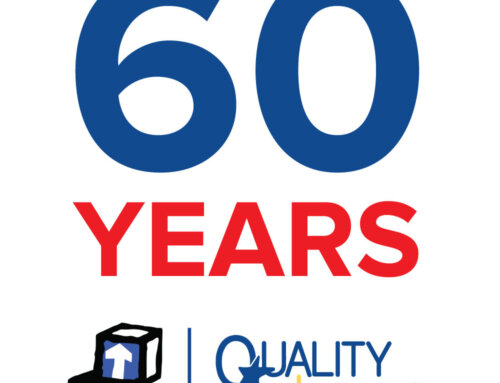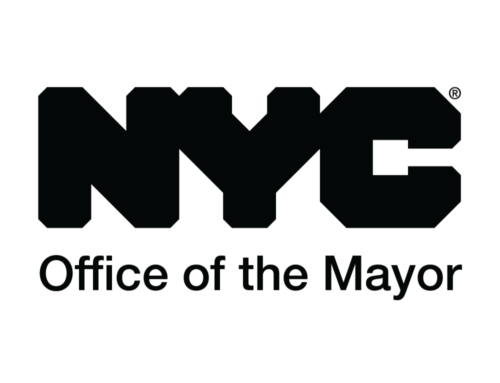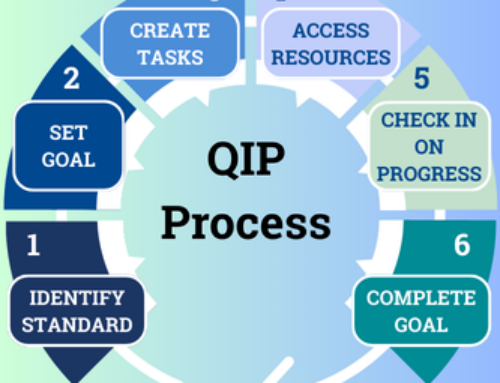
By Susan DiNatale, QUALITYstarsNY Quality Improvement Specialist, Western New York
It’s late on a Friday afternoon and as the program director, you’re juggling multiple issues. A parent is frustrated because they didn’t realize Venmo isn’t accepted for tuition payments. A new teacher is unsure how to handle a biting incident. The cook just requested a week off starting Monday, leaving you with a last-minute staffing shortage. Or maybe you’re a family child care provider who’s had to cancel personal plans while once again explaining to a parent why late pick-up isn’t an option. Whether you lead a center-based program with a full team or run a family child care program on your own, one thing is certain: when routines and expectations aren’t clearly written down, confusion can quickly take over.
One effective way to keep your program running smoothly is by documenting your policies and practices in writing. This is where family and employee handbooks come in. Well-written handbooks are essential to the success and quality of your program. They’re like instruction manuals, often answering questions before they’re even asked.
Let’s explore the power of putting policies and practices in writing and why handbooks are more than formalities.
Strengthens Family Communication & Partnerships
Families want to know what to expect when they enroll their child in a program. They want to feel confident that their child is in good hands. A well-designed family handbook that explains things like arrival and departure routines, payment expectations, emergency procedures, and communication protocols, helps families to understand the rules and feel well informed. Being transparent from the start reduces misunderstandings, opens the lines of communication, and most importantly, builds trust. When families feel safe and connected, they are more likely to be engaged, collaborative partners in their child’s care.

Provides a Clear Roadmap for Staff and Providers

Consistency, clarity, and communication are key to providing high-quality child care. Documenting the program’s policies and practices in an employee handbook ensures all team members understand their roles and responsibilities. This handbook can be an invaluable tool for staff development, assisting in training new hires and serving as a reference for veteran staff. For family child care providers, it fosters consistent practices.
Clearly written policies and practices guide decision-making when challenges arise. Instead of guessing what to do, there is a roadmap to follow, helping everyone remain calm, avoid mistakes, and make the right choices. Whether it’s the process for handling injuries, diapering procedures, or approaches to learning, having clear policies and practices minimizes confusion and reduces the likelihood of inconsistent care. When caregivers follow the same practices, children benefit from predictability, which fosters a sense of safety and security.
Supports Shared Understanding and Accountability
Taking the time to write or update the program’s policies and practices in a handbook might seem like a daunting project, but it is one of the best ways to create shared understanding and accountability. It ensures everyone, staff and families alike, are on the same page.
When sharing a handbook or policy, consider incorporating a method for families or staff to acknowledge they received and understand the information, even if they didn’t read every word. This can be as simple as a signature page or email confirmation. It may seem unnecessary, but when a parent or staff member says “I didn’t know,” they can be shown that the information was clearly shared. That can make a big difference if a disagreement turns into a licensing issue or legal situation.

As a final thought, remember that putting information in writing isn’t about creating more work, stacks of papers, or digital files. It’s about building a foundation for a professional, responsive program. Whether you’re updating an existing handbook or writing one for the first time, the effort you put in now can save time, reduce stress, and prevent confusion down the road. Most importantly, it allows you to shift your focus back to what truly matters—the children.




